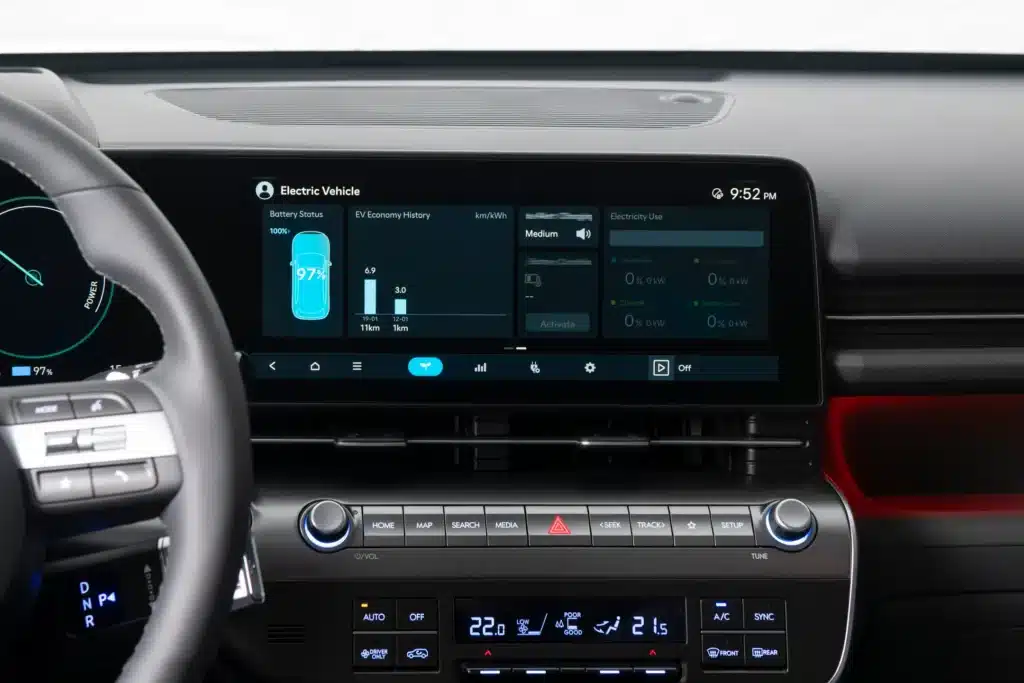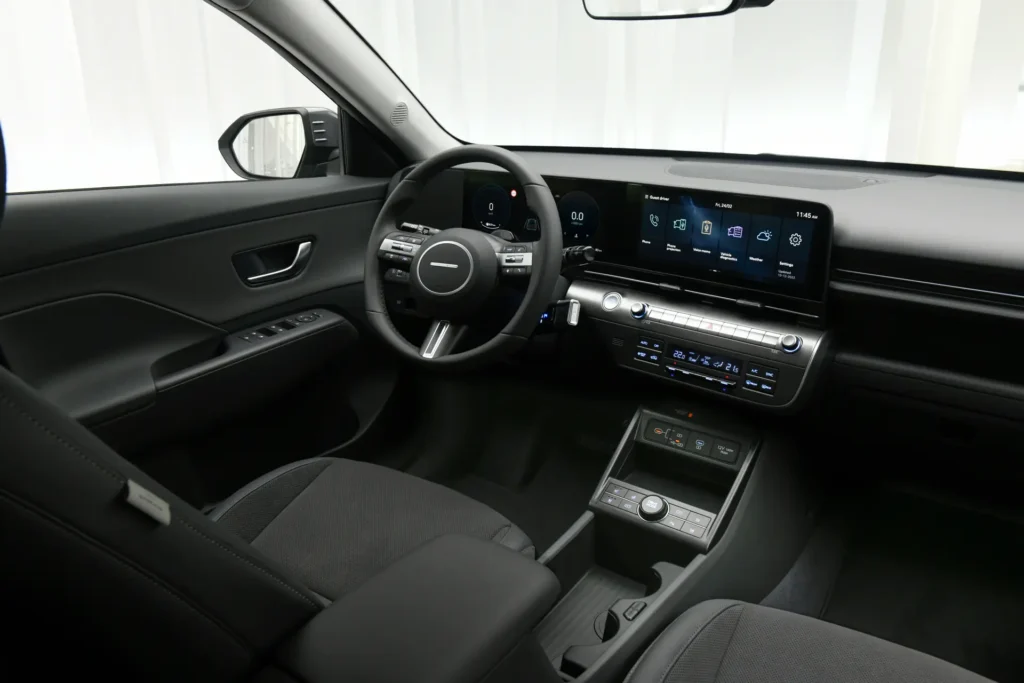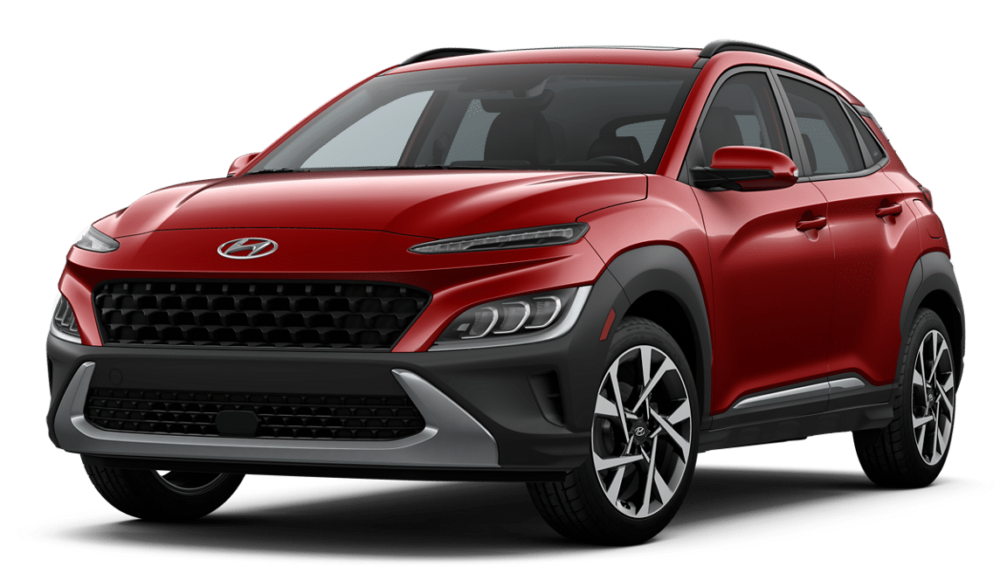As automakers sought to create vehicles that were at the forefront of technology and trends, touchscreens and touch controls took over the world of automotive interior design. But as it happens, sometimes the conventional wisdom is the best. Hyundai undoubtedly agrees because the company promised to use actual physical buttons in future models.
At the unveiling of the 2018 Hyundai Kona, head of design Sang Yup Lee reaffirmed the company’s dedication to buttons. According to CarsGuide, the Korean automaker made this choice because of safety considerations. “Over the past few years, we have used the physical buttons quite a bit. The safety-related buttons must, in my opinion, be firm keys, added Lee.

This design decision is very logical. In certain contemporary cars, changing settings for the volume or climate control may include navigating touch screen menus or using your eyes to locate a touch control on the dash. Drivers can keep their eyes on the road thanks to the tactile sensation of actual buttons, dials, and switches.
“It’s challenging to maintain control when driving. This is why a hard key is easier to detect and feel, according to Lee. He believes that physical controls are essential for everything that can jeopardize safety. This is why devices like the HVAC system and the volume control have physical buttons and dials.
While this is a priority for Hyundai right now, Lee made a hint that things might change in the future. When autonomous driving becomes more common, the business will probably focus more on employing touch controls. “We’ll have everything soft key when it comes to Level 4 autonomous driving,” stated Lee.

There were certain incentives for manufacturers in using touchscreens and touch controls. They enable a wide range of operations to be managed using a small, customizable interface. It can also be less expensive and simpler to incorporate a few touch controls and a touchscreen than to place buttons all over the cabin. Additionally, they were a sign that an automaker was keeping up with the times for a while.
However, after the last ten years, people have grown weary of such novelties. In general, touch controls are less responsive and useful than the old-school, straightforward buttons. And that’s before we even consider how annoying it would be to have to use a menu system merely to switch on a heated seat. Hyundai isn’t hesitant to admit that the traditional aesthetic best suits its own interiors.
ALSO READ THIS: Review of the 2023 Opel Grandland GSe

